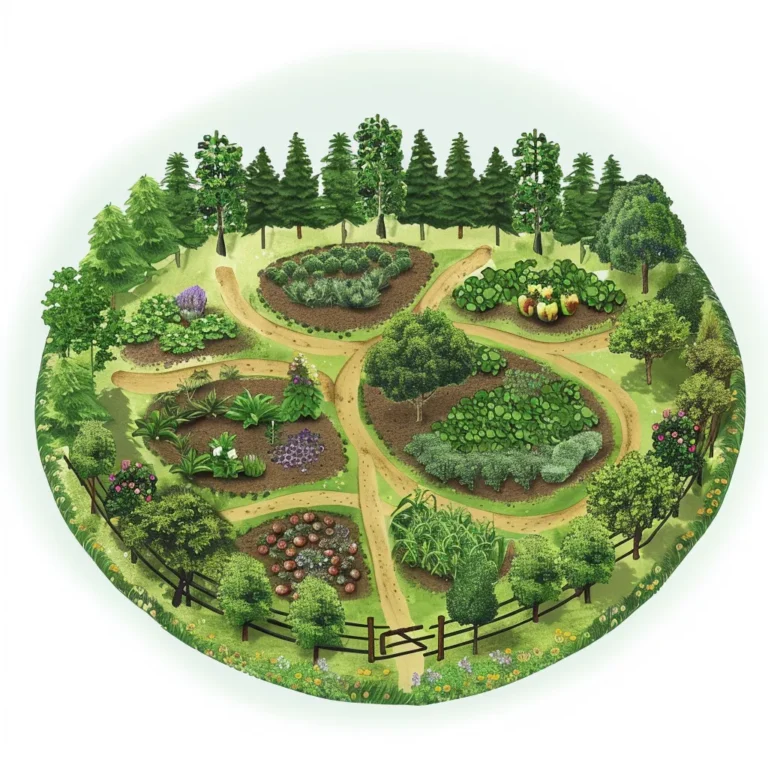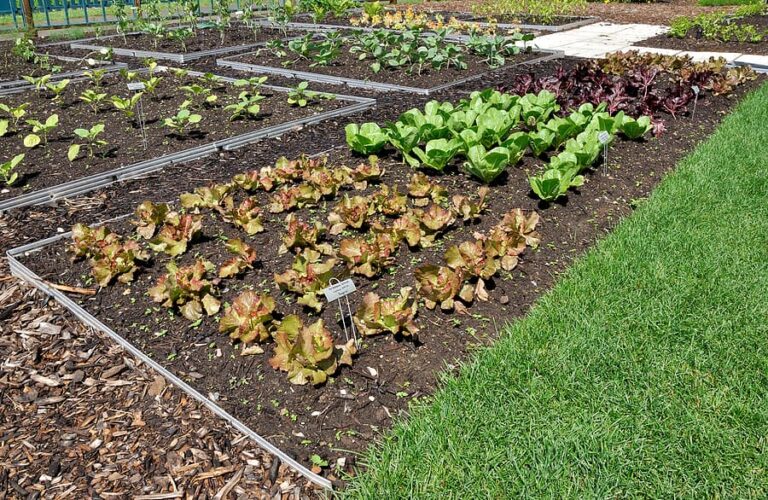Seasonal Journal: Observing Regeneration in a Year-Round Garden
A seasonal journal is an essential tool for gardeners practicing regenerative methods. It allows you to track soil health, plant growth, wildlife activity, and weather patterns throughout the year, helping you understand the cycles of regeneration in your garden. By recording observations, you can make informed decisions, adapt practices, and celebrate successes while identifying areas for improvement.
In a year-round garden, the pace of change can be fast, from cover crops and succession planting to flowering pollinators and harvests. Keeping a journal encourages mindfulness, strengthens your connection to the land, and provides valuable insights for future planning.
How to Use a Seasonal Garden Journal
- Set Up Your Journal
- Use a notebook, binder, or digital tool.
- Include sections for soil, plants, animals, weather, and reflections.
- Record Observations Regularly
- Note soil moisture, texture, and fertility changes.
- Track planting dates, germination, growth rates, and harvests.
- Observe insects, pollinators, birds, and beneficial wildlife.
- Track Weather and Microclimates
- Record rainfall, temperature, wind patterns, and sunlight.
- Note microclimate differences in beds or corners of the garden.
- Reflect on Regenerative Practices
- Track compost applications, cover crops, mulching, and crop rotations.
- Note what worked well and what can be improved.
- Celebrate Seasonal Changes
- Record visual changes in plant diversity, color, and flowering.
- Note successes like improved soil structure or pest reduction.
Benefits of a Seasonal Journal
- Improves planning and decision-making for the next season
- Strengthens connection to the garden and natural cycles
- Enhances success of regenerative practices through observation
- Serves as a personal record and teaching tool for others
- Helps identify patterns for crop rotations, water use, and biodiversity
- Seasonal Garden Journal Cheat Sheet
- Why Keep a Seasonal Journal
- Track soil health, plant growth, and wildlife activity
- Observe patterns in weather and microclimates
- Improve regenerative practices and decision-making
- Strengthen connection to the garden and natural cycles
- Record successes and lessons for future season
Key Sections to Include
| Section | What to Track | Quick Tips |
| Soil Health | Moisture, texture, fertility, compaction | Record after watering, composting, or rain |
| Plants & Crops | Planting dates, germination, growth, harvest | Note successes, challenges, and companion planting |
| Wildlife & Pollinators | Insects, birds, beneficial animals | Observe daily or weekly; include sketches/photos |
| Weather & Microclimates | Rainfall, temperature, wind, sunlight | Track by bed or garden area for detailed insights |
| Regenerative Practices | Compost, mulch, cover crops, rotations | Note frequency, quantity, and effects on soil and plants |
| Reflections & Observations | Successes, challenges, lessons | Include insights for next season’s planning |
Practical Tips
- Record entries weekly or after major garden activities
- Use sketches, photos, or digital tools to enhance observations
- Compare year-to-year to track improvement and trends
- Highlight seasonal changes, color, and biodiversity
- Share insights with family, volunteers, or fellow gardeners


